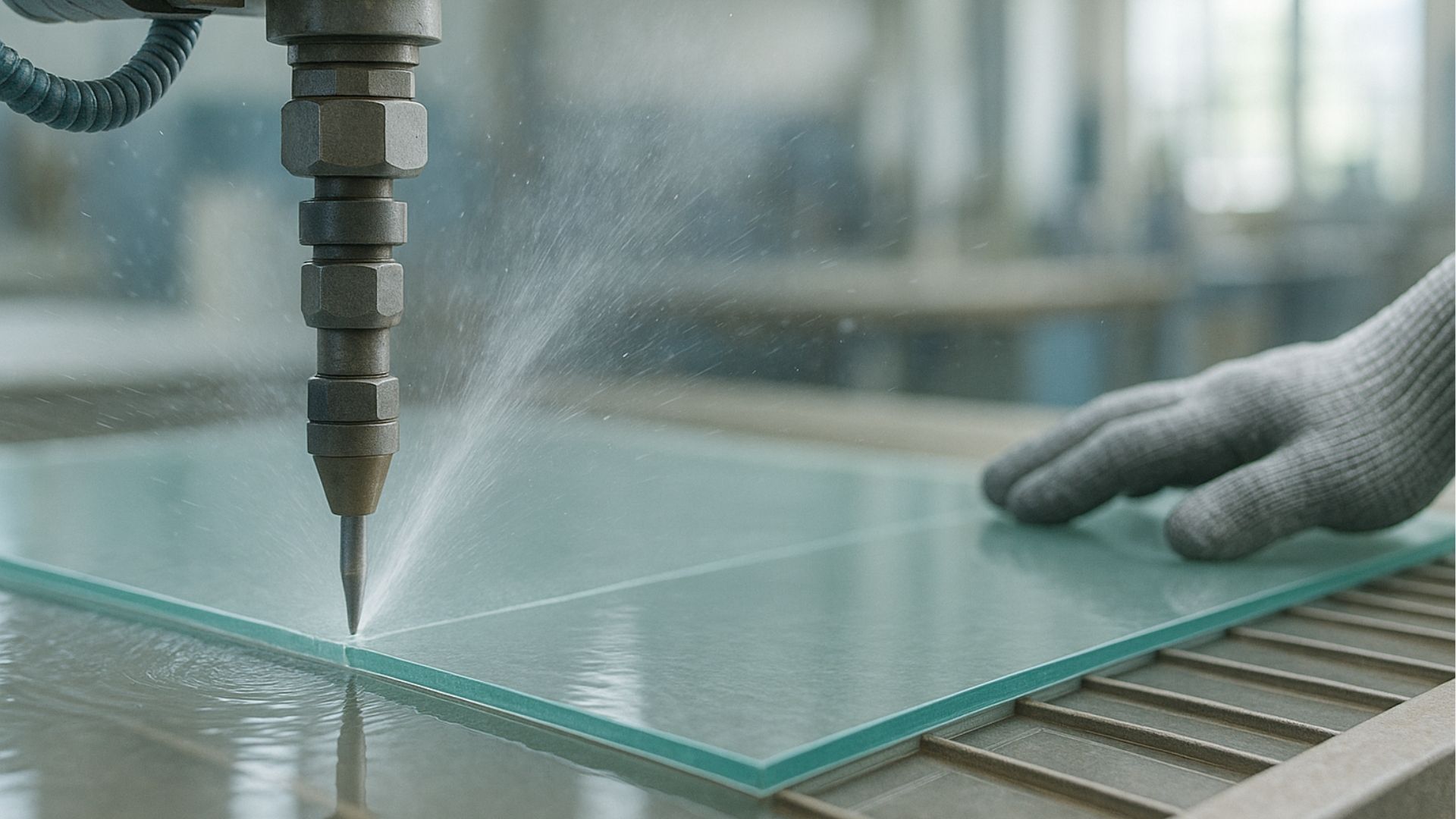Making sense of U-values, R-values and Lambda values
Share this blog:
Confused by U-values, R-values and Lambda values? Find out what they mean for you in our 5-minute guide.

Homeowners and business owners face the same challenge. They need to ensure their buildings are thermally efficient. But which thermally efficient materials are the most effective and affordable?
The importance of thermal efficiency isn't new. For as long as people have lived under a roof, they've looked for ways to create comfortable environments that don't cost the earth.
But these days, costing the earth has another meaning. A poorly insulated building isn't just uncomfortable to be in – it also means a larger carbon footprint.
Windows play a pivotal role in a building's thermal efficiency. If your windows let heat out in winter, you'll be emitting more carbon and paying higher energy bills.
This leads us back to our problem: how do you know which materials are best for insulation? This is true for windows and doors, as well as the insulation in your walls.
Luckily, help is at hand in the form of U-values, R-values and Lambda values. Together, these make a finely tuned system for establishing the thermal efficiency of a material.
But what do they mean and how are they calculated?
What are U-values?
It's a hot summer's day. In the garden, it's 29°C. But inside, the temperature varies depending on which room you're in.
This is because your walls, windows and doors transmit heat at different rates. The thermal transmittance of a building material – your window frame, say, or the rock wool in your wall – is known as the "U-value".
The lower the U-value, the better insulated the building will be. And the better insulated it is, the more comfortable it is to be in. And the more comfortable it is to be in, the less likely you are to reach for the central heating or air-con.
What are R-values?
U-values measure how much heat gets through your insulation. The R-value is its inverse. It measures how much heat does
not get through.
The lower the U-value, the better the insulation. The lower the R-value, the worse it is.
Because the U-value and R-value are inverse, you can calculate the one from the other. To do this, you divide one by the R-value. If you have an R-value of four, for instance, you would divide one by four to get a U-value of 0.25.
What are Lambda values?
A Lambda value tells you how much energy can be transferred across a material. They're sometimes referred to as "K-values". As with U-values, lower values are better.
A U-value, however, applies to a structure made out of different materials.
Take a double-glazed unit. The U-value refers to the entire unit. The Lambda value, by contrast, might refer to the uPVC frame or the toughened glass window panes.
What is the U-value of glass?
When purchasing glass for a building project, it's important to note that glass has two U-values: Ug and Uw.
Uw measures the whole window: the frame, seals, spacer bar and glass. The Ug, by contrast, measures the centre pane alone. It will always be lower than the Uw value.

The smaller the window, the higher the U-value and the less energy-efficient the whole unit becomes.
If you're installing windows in a new building, you need to limit heat gains and losses in line with Building Regulations. The required U-values are laid out in the 2023 Building Regulations, Approved Document L.
The U-value of glass is typically somewhere between 0.20 and 1.20. Low-emissivity (Low-E) glass has a very low U-value.
What factors affect the U-value of a window?
Six factors affect the overall U-value of a window. For consumers (as opposed to double-glazed unit manufacturers) the first factor is the most important. You should also decide whether to go for a double- or triple-glazed unit as this can affect the building's overall thermal efficiency.
- The type of glass. Laminated glass, standard float glass and Low-E glass all have different U-values thanks to their thickness, structure and chemical composition.
- The gas between the panes.
- The distance between the panes.
- The thermal properties of the spacer bar (the bar that creates a cavity between two panes of glass).
- The material used to create the frame. Good-quality timber, for instance, has a low U-value.
- The number of panes used. A triple-glazed unit will be more energy-efficient than a double-glazed unit.
A reputable glass processor or supplier will talk you through the U-value of their glass products. Knowing these factors will help you make an informed decision and ensure your building has the right level of thermal efficiency.
Why are U-values important for glass?
When browsing glass products, it's easy to feel overwhelmed by the range of choices. One way to make the decision more easily is to ensure that the product you choose has a low U-value.
This has three main benefits for your home, company premises or other building.
First, it limits heat loss. This means that an interior space will be more comfortable than if a room is too hot or too cold.
Secondly, it limits your outgoings. If your glass has a high U-value, comfort will be expensive. You'll spend your time micro-managing the thermostat just to make the room pleasant to be in. That means higher bills and a bigger carbon footprint.
Thirdly and finally, it helps create a healthy thermal climate. This means, for instance, that you're less likely to suffer from dry rot, mould growth and other problems.
There was a time when insulation was a luxury. Today, it's a necessity. Getting good-quality glass isn't just about robustness. It's also about a low U-value to ensure thermal efficiency, with all the benefits it brings.
Are you looking for energy-efficient
toughened glass panels? Don't hesitate to
get in touch with ToughGlaze for a quick, competitive quote. We'd love to fix you up with the right materials for the job.









